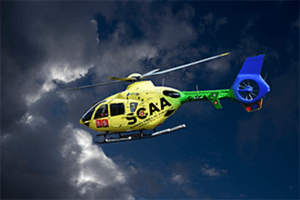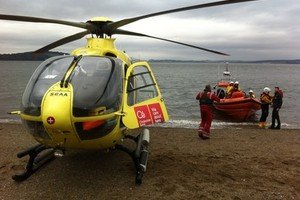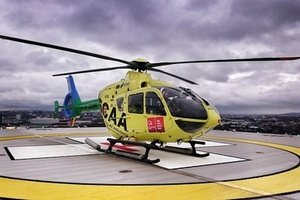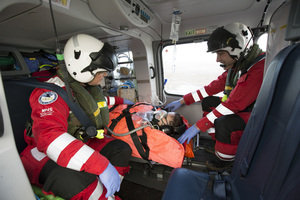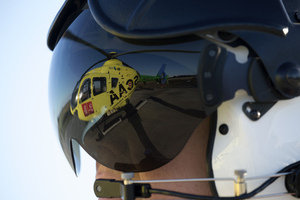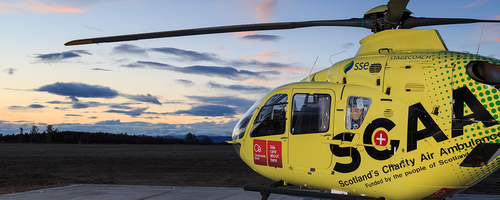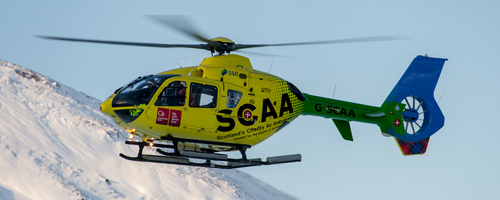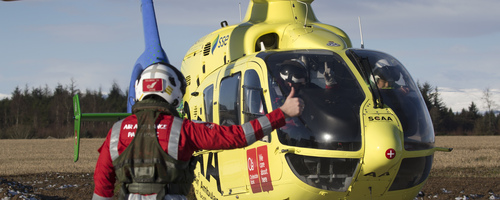Saving Time, Saving Lives
How SCAA is tasked
Scotland’s Charity Air Ambulance has been tasked over 5,000 times. We respond to hundreds of time-critical call outs every single year.
Have you ever wondered what happens when you make a 999 call? On average it takes us 5 minutes to be in the air after receiving a call. This is how SCAA is tasked, from receiving the 999 call to arriving at the scene.
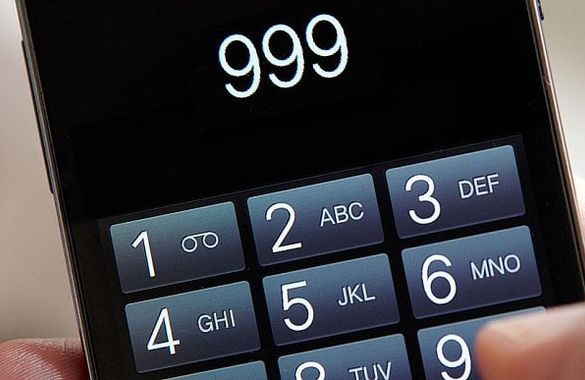
999 call made
When an emergency 999 call is made, it is received by a call handler at the Scottish Ambulance Service (SAS) control desk.
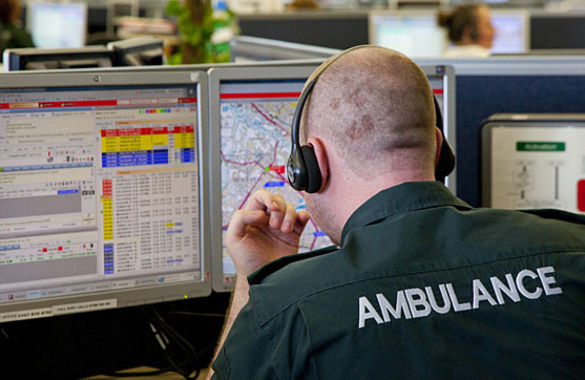
999 call is assessed and graded
The call handler will gather basic details about the patient’s condition and location, assessing the severity of the emergency. Calls are graded depending upon their severity and threat to life. The nearest land crew, community first responder or rapid response vehicle will be dispatched to the scene. Meanwhile, a helicopter emergency medical services (HEMS) dispatcher keeps an eye on the call log and will task SCAA to jobs they feel are appropriate – based on condition, location and likely best receiving hospital.
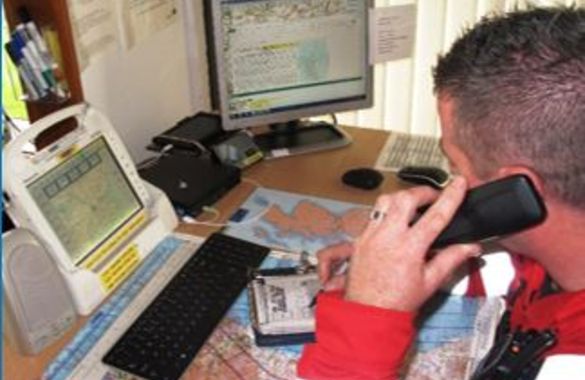
HEMS call is made to SCAA
Once the decision to task SCAA has been made, the HEMS dispatcher will call the emergency line at SCAA, where our crews are on standby 7 days a week. A paramedic will take the call, receiving information on the patient’s condition and location.
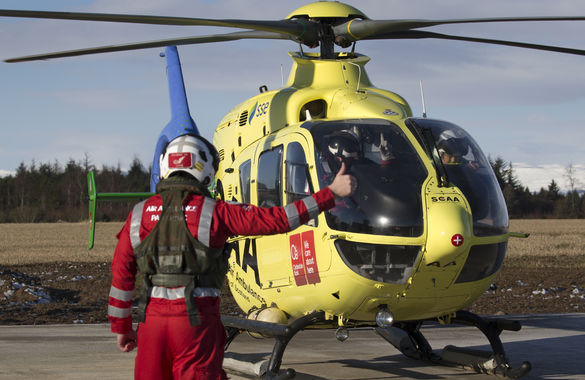
Prepare to fly
At the same time, the pilot and second paramedic will start up the helicopter and prepare for the life-saving mission.
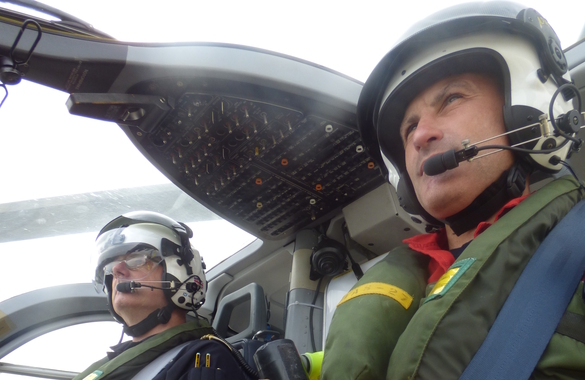
Take off within 5 minutes
Within 5 minutes from receiving the initial HEMS call, SCAA will be in the air, en route to the scene.
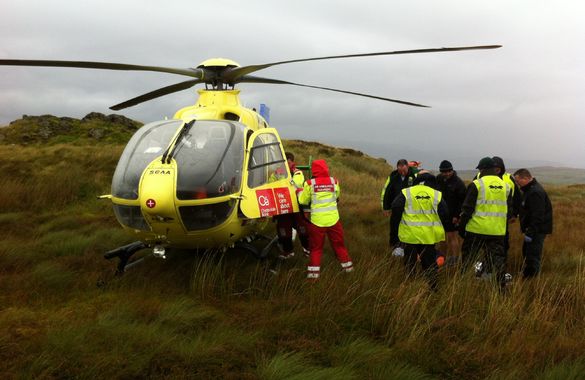
Attend the scene
When at the scene, SCAA paramedics will treat the patient before flying them to the most appropriate hospital in Scotland, depending upon their injuries or illness and what specialist treatment they are likely to require.
